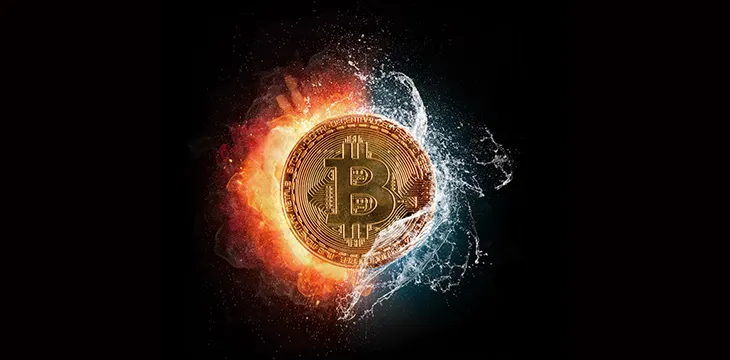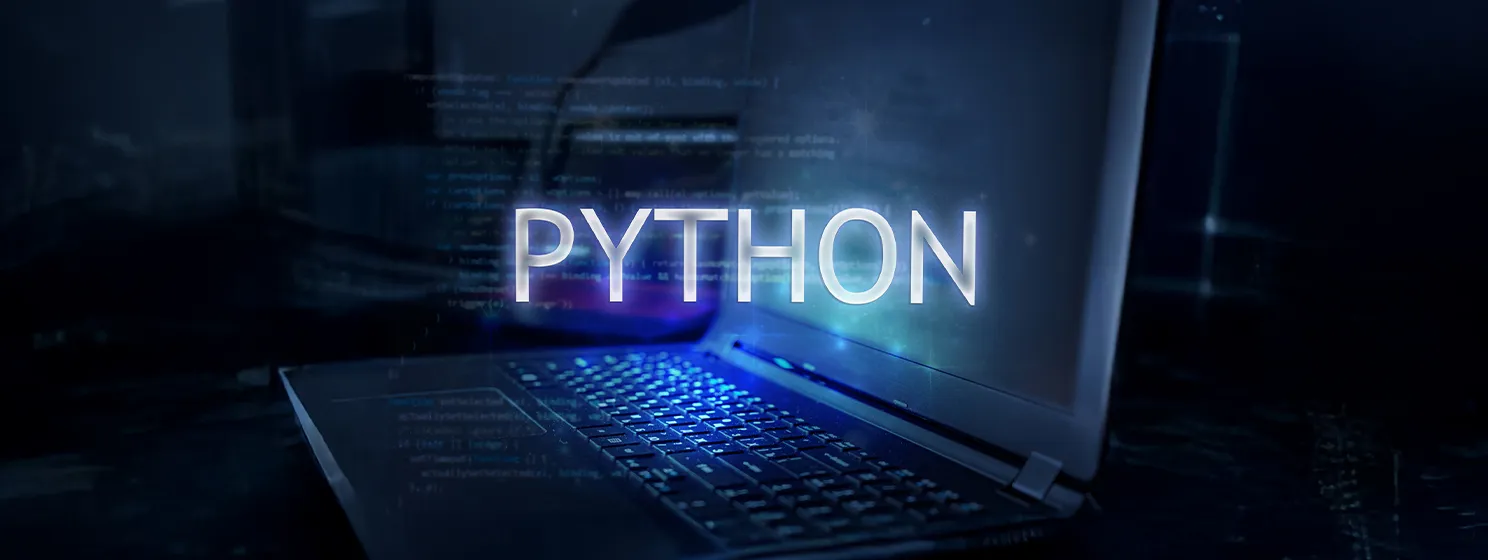|
Getting your Trinity Audio player ready...
|
The BTC blockchain is effectively under the control of two mining entities, undermining BTC Maximalists’ oft-repeated mantra of ‘decentralization.’
BTC.com data shows that a mere two mining entities—Foundry USA and AntPool—currently control over 51% of the BTC network’s overall hash rate. Earlier this year, it took the top three BTC mining entities to account for a similarly dominant chunk of the overall hash pie.
Today, add in the third-ranked F2Pool, and the top three miners control over two-thirds of the hash pie. Add in ViaBTC (#4) and Binance Pool (#5), and the top five miners control over 85%, leaving the rest of the pack scrambling over the scraps. Similar ratios apply to the number of BTC blocks added to the chain, meaning the majority of block rewards are claimed by the top two entities.
The concentration of hash power caps off a year in which mining operations struggled to stay afloat due to the plunge in fiat value of BTC and other tokens. Diminishing block rewards, coupled with supply chain disruptions and surging electricity costs, forced many miners to sell the tokens they’d amassed. Shares of publicly traded outfits such as Riot Blockchain (NASDAQ: RIOT) and Marathon Digital (NASDAQ: MARA) have lost up to 90% of their value since the year began.
In November, Foundry acquired some turnkey mining facilities from Compute North, which filed for bankruptcy protection in September. Last week, Core Scientific (NASDAQ: CORZW) filed for Chapter 11 after depleting its cash reserves. This week, Argo Blockchain (NASDAQ: ARBKF) sold its flagship Helios mining facility to Galaxy Digital (NASDAQ: BRPHF), giving the Mike Novogratz-led Galaxy an even larger mining footprint.
Hong Kong-based Poolin, which once ranked #4 on the hash rate chart, suffered ‘liquidity issues’ in September, after which its hash share tumbled to 1%, and the other major players enlarged their slices.
Barring any significant change from the current situation, the concentration of mining power appears set to increase. The next ‘halving’ of the BTC block reward scheduled for around mid-2024 will further reduce margins, squeezing out smaller miners who can no longer turn a profit from their existing operations. (A switch to a ‘transaction processor’ model on a more transaction-friendly blockchain would eliminate these concerns, but we digress.)
It was inevitable
In 2008, when Bitcoin founder Satoshi Nakamoto previewed his upcoming white paper, he stated that “as the network grows beyond a certain point, it would be left more and more to specialists with server farms of specialized hardware.”
Satoshi doubled down on this view in 2010, predicting that all of the nodes then supporting the network would eventually concentrate around a handful of “big server farms.” The rest would be reduced to “client nodes that only do transactions and don’t generate” new blocks.
But BTC Maxis continue to ignore this insight, clinging to their ‘decentralized’ mythos like a life preserver. Individuals who tweeted concerns over the current mining concentration were met with angry denials from Maxis, who insisted that, since each pool represents the combined efforts of a number of miners, concern over the concentration of power in so few entities was overblown. But is it?
They will tell you that hash power can move around which is vaguely and marginally true.
Home hashers can switch.
But most global hash power is industrial size and under contract with their pool of choice. More still are parent or sub entities of Foundry & Antpool themselves. pic.twitter.com/iCAxy7latE
— Kurt Wuckert Jr | GorillaPool.com (@kurtwuckertjr) December 28, 2022
As CoinGeek’s Kurt Wuckert Jr. pointed out, while individuals contributing their modest efforts to this or that pool can indeed switch their allegiances on a whim, the industrial-level operations that represent the bulk of each pool generally have contracts that bind them to their chosen pool. Moreover, the incestuous nature of the ‘crypto’ industry means that the larger components of pools often share ownership DNA, making it even less likely that they’ll up sticks and move to a different pool.
Trustless
Foundry is owned by Barry Silbert’s Digital Currency Group (DCG), which is currently struggling to keep its financial head above water due to major issues at its Genesis and Grayscale subsidiaries.
Bernstein analysts recently suggested that DCG might have to sell Foundry to provide the cashflow needed to rescue DCG’s insolvent units. It’s unclear whether DCG will heed that advice, but if Foundry was acquired by one of the pools a little lower down the hash chart, that pool could leap into the top spot with an even larger slice than Foundry currently enjoys.
Consider Binance Pool, run by the exchange of the same name and its founder Changpeng ‘CZ’ Zhao. CZ has attempted to fill the ‘crypto good guy’ role formerly occupied by FTX’s Sam Bankman-Fried, including through the launch of a ‘recovery fund’ for “distressed crypto assets.” Binance has kajillions’ worth of its in-house tokens BNB and BUSD that it could throw at DCG to acquire Foundry, although one suspects Silbert would prefer actual cash at this point.
Given CZ’s sketchy reputation, would BTC Maxis still insist that all was well if Binance, which already dominates trading volume, saw its share of the hash rate jump to ~40%? Or would they continue to dismiss such concerns as FUD?
Rotten to the core
DCG’s portfolio also includes Blockstream, which has its own mining operations. Blockstream recently went looking for additional venture capital funding, and CEO Adam Back told Bloomberg the new funds would be put toward expanding Blockstream’s capacity to host new mining rigs. Back said, “our mining services are a rapidly expanding, high-margin enterprise business for us.”
Definitely not expanding is Blockstream’s overall value, as Bloomberg reported that the company was seeking funds at a valuation that “may be below $1 billion.” That’s a vast climbdown from the $3.2 billion valuation Blockstream boasted of when it raised $210 million in its Series B round in August 2021.
Fortunately for Blockstream, its outsized influence over the BTC protocol remains as strong as ever. Blockstream co-founder Luke Dash Jr. served as the first Bitcoin Improvement Proposal (BIP) Editor, giving him sole authority over how the BTC protocol might be revised. Other Blockstream developers have served as Maintainers, who are responsible for implementing the proposals approved by the BIP Editor.
This influence over the BTC protocol, including limiting its capacity to stuff more transactions into each individual block on the chain, directly benefited Blockstream’s proprietary ‘Layer 2’ projects, including its version of the Lightning Network and its higher-volume companion Liquid Network.
In other words, BTC has always been heavily centralized, so why the pushback against fresh revelations of centralized control at the heart of BTC mining? Probably because denying reality is in BTC’s DNA. Maxis venerate Satoshi while betraying his original vision. They insist their non-mining nodes are a crucial part of the proof of work consensus mechanism. They prefer storing lumpen digital gold over swift and cost-effective peer-to-peer electronic cash transactions.
Who’d have thought a bunch of people who claim to worship decentralization would be so prone to slavish groupthink?
Follow CoinGeek’s Crypto Crime Cartel series, which delves into the stream of groups—from BitMEX to Binance, Bitcoin.com, Blockstream, ShapeShift, Coinbase, Ripple,
Ethereum, FTX and Tether—who have co-opted the digital asset revolution and turned the industry into a minefield for naïve (and even experienced) players in the market.

 03-31-2025
03-31-2025 





